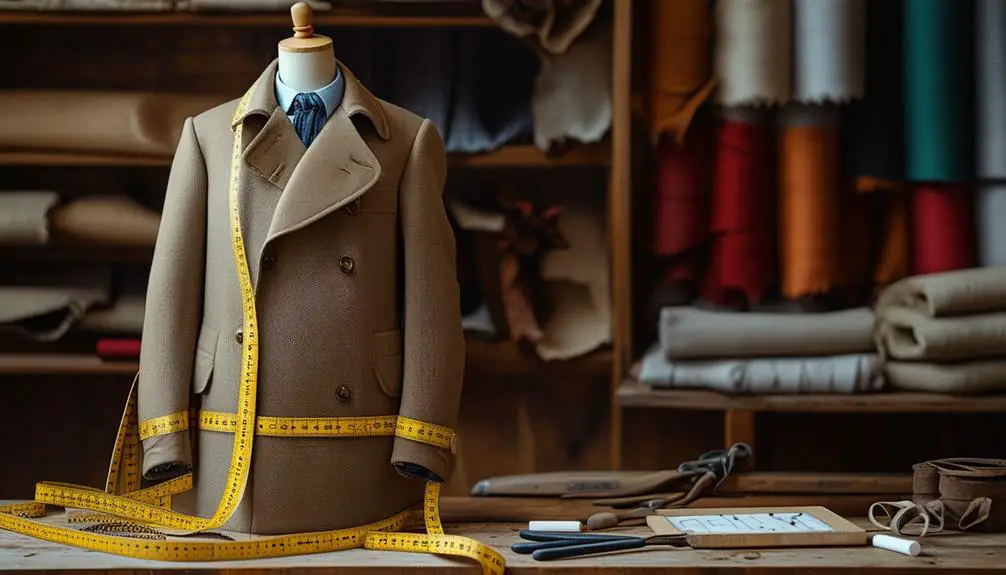Founded in 1966 in Newcastle upon Tyne by climbers Peter Lockey and Gordon Davison, Berghaus Limited quickly carved a niche for itself as a pioneer in outdoor gear. Frustrated by the lack of quality equipment available at the time, the duo first launched the LD Mountain Centre, a specialty outdoor shop that imported top-tier brands like Atomic Skis and Nordica Ski. Within a few short years, they were designing and manufacturing their own gear under the name “Berghaus,” which fittingly translates to “mountain house.” Their commitment to quality and performance has made the brand synonymous with adventure ever since.
The 1970s saw Berghaus launch its first rucksacks, the Berg 172 and Berg 272 models, followed shortly by the Cyclops rucksack, which pioneered the use of an internal frame in backpacks. By 1977, Berghaus was among the earliest European brands to incorporate Gore-Tex® fabric, revolutionizing waterproof apparel. The innovative streak continued with the creation of the Yeti Gaiter, featuring distinctive rubber rands initially made from tractor inner tubes.
In the 1980s, the brand solidified its reputation with the launch of the Gemini jacket, which enabled zip-in fleeces and remains in production to this day. Esteemed mountaineers like Sir Chris Bonington and Alan Hinkes became ambassadors for Berghaus during this period, while the launch of the Extrem range in 1986, including the Trango Jacket, brought even more acclaim. The company won the Queen’s Award for Export in 1988, highlighting its global reach.
Acquired by Pentland Group PLC in 1993, Berghaus expanded its range to include footwear and continued innovating into the 2000s with groundbreaking designs like the Gore-Tex PacLite and the Nitro rucksack, which received the Millennium Product Award. In 2011, the MtnHaus team was established to collaborate with elite athletes, creating specialized gear like the Asgard Smock and the Vapour Storm Jacket.
Today, Berghaus continues to produce a wide range of outdoor clothing, including its popular vintage waterproof jackets and fleeces, which are perennial favorites among vintage enthusiasts. With flagship stores across the UK and a roster of over 21 athletes, the brand stands as a testament to decades of relentless innovation and dedication to the spirit of adventure.
Berghaus Outdoors TV Commercial
How to tell if Berghaus is vintage from the logo
Berghaus, a reputable outdoor apparel and equipment brand founded in 1966, has maintained a consistent identity by sticking closely to its original logo design, with minor modifications over time. The logo consists of the iconic emblem and the lowercase Berghaus text. Here’s an overview of the trends and distinctive characteristics of the Berghaus logo:
1972 to Present Berghaus Logo
- Emblem:
- Features two rectangular panels in red and blue, slightly tilted to the right.
- The panels are framed by a white border and enclosed within a gray rounded rectangle.
- Red and blue are symbolic of the brand’s vibrant, adventurous spirit, reflecting its commitment to the outdoor lifestyle.
- Text:
- The logo includes the Berghaus name in bold, rounded lowercase letters.
- The typeface is white with a gray outline, ensuring high visibility against various backgrounds.
- The rounded typeface harmonizes with the emblem’s rounded rectangle.

1972 to now Berghaus logo
These subtle yet recognizable elements have become a hallmark of the Berghaus brand, encapsulating its longstanding heritage while embracing contemporary outdoor pursuits. The consistent use of this logo has played a significant role in strengthening brand recognition over the decades.
How to tell if Berghaus is vintage from the tags
Over the years, Berghaus has shifted the designs of its tags to reflect different eras and production strategies. Common themes include the use of distinctive logos featuring the classic blue and red emblem, and the inclusion of size information directly on the main tag or separate labels. Below is a guide to help identify Berghaus tags from the 1980s through the 2010s.
Having trouble identifying your vintage labels? Upload a picture on our vintage tag identification page, and we’ll help you out!
1980s vintage Berghaus tags
- The classic Berghaus logo prominently features the blue and red emblem, typically with “Made in Gt. Britain.”
- Square tags often have bold red text indicating the size, with some including size conversion charts.
- Additional information about materials, such as Gore-Tex, may be present on separate labels.
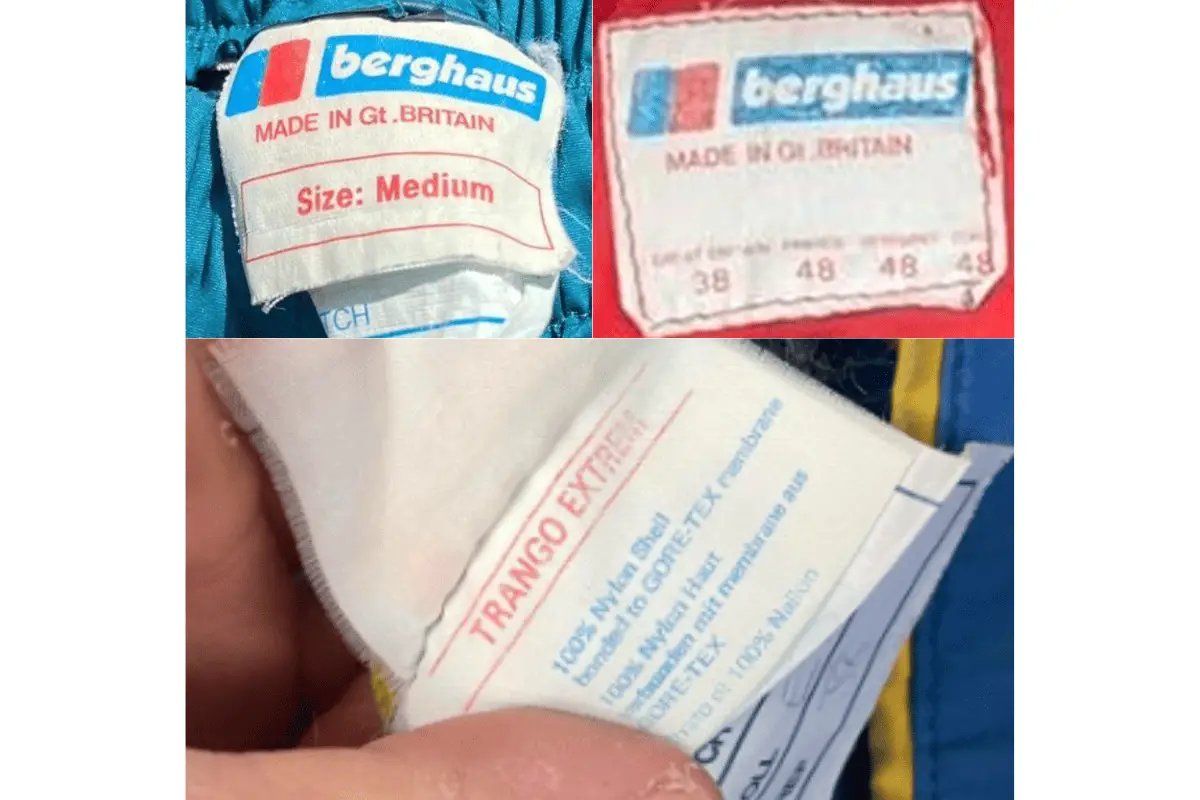
1980s Berghaus tags
1990s vintage Berghaus tags
- Rectangular tags continue to display the recognizable logo, often with “Made in Gt. Britain.”
- Size information remains prominent in red or blue text.
- Tags may also provide detailed specifications of fabric composition or features like waterproof membranes.
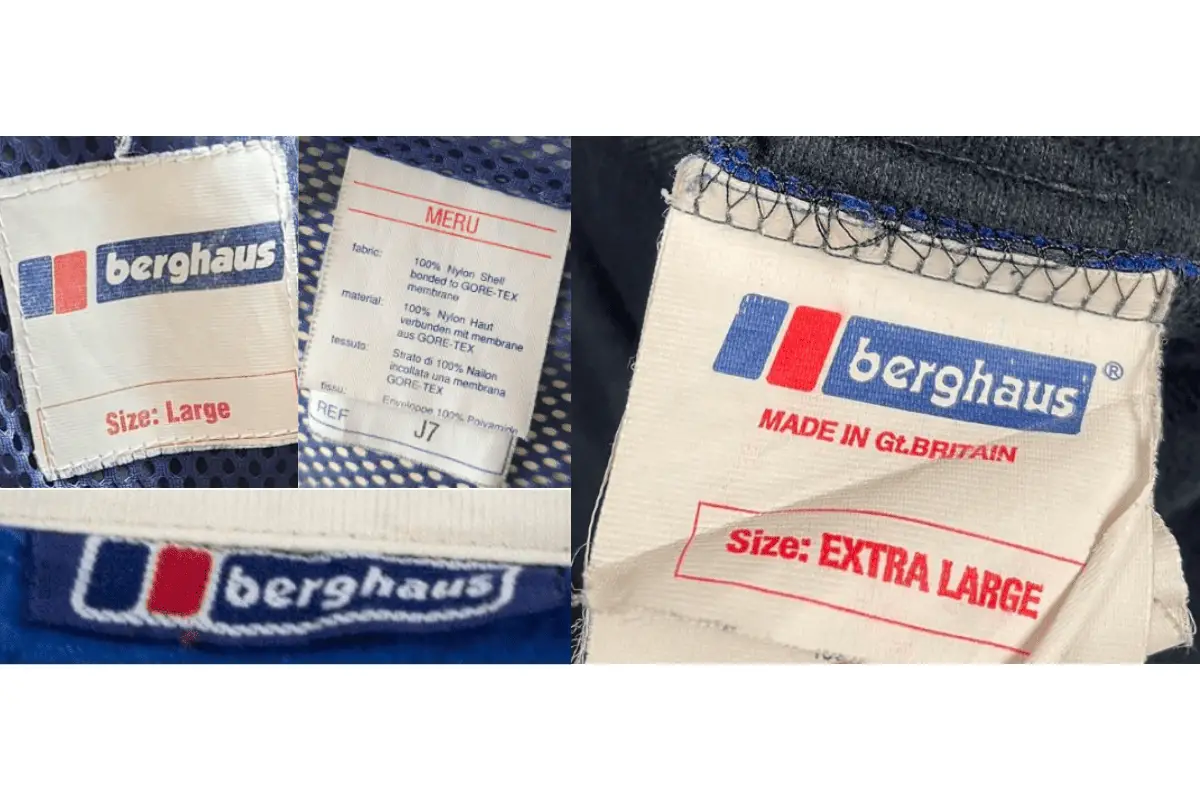
1990s Berghaus tags
2000s vintage Berghaus tags
- Loop tags become more common, featuring the Berghaus logo on a dark background.
- Tag shapes include square or rectangular, with additional information about size in various colors.
- Some tags are adorned with distinctive borders and have multiple attached labels for quality control or material specifications.
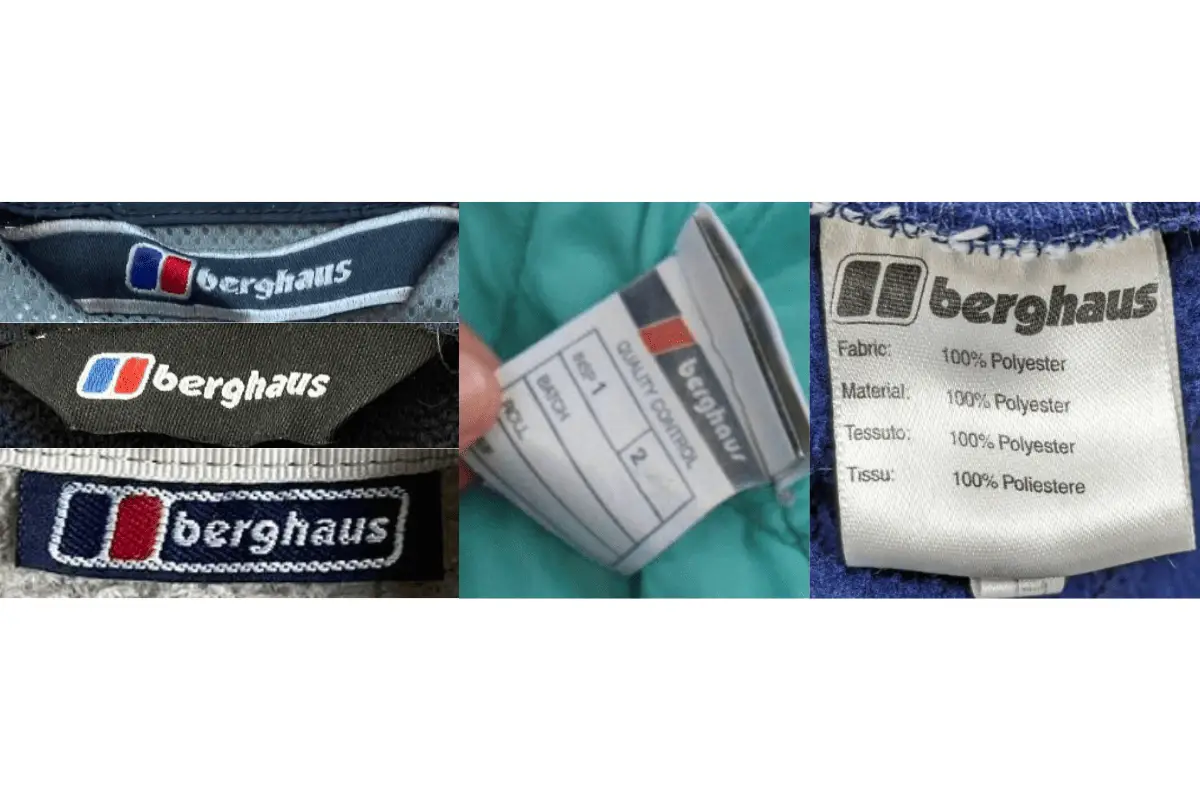
2000s Berghaus tags
2010s vintage Berghaus tags
- Modern layouts are used with lighter-colored tags, often printed directly onto the garment fabric.
- The classic blue and red logo continues to be the focal point, sometimes accompanied by “Est. 1966.”
- Tags may list production location and include global sizing guides or additional care labels.
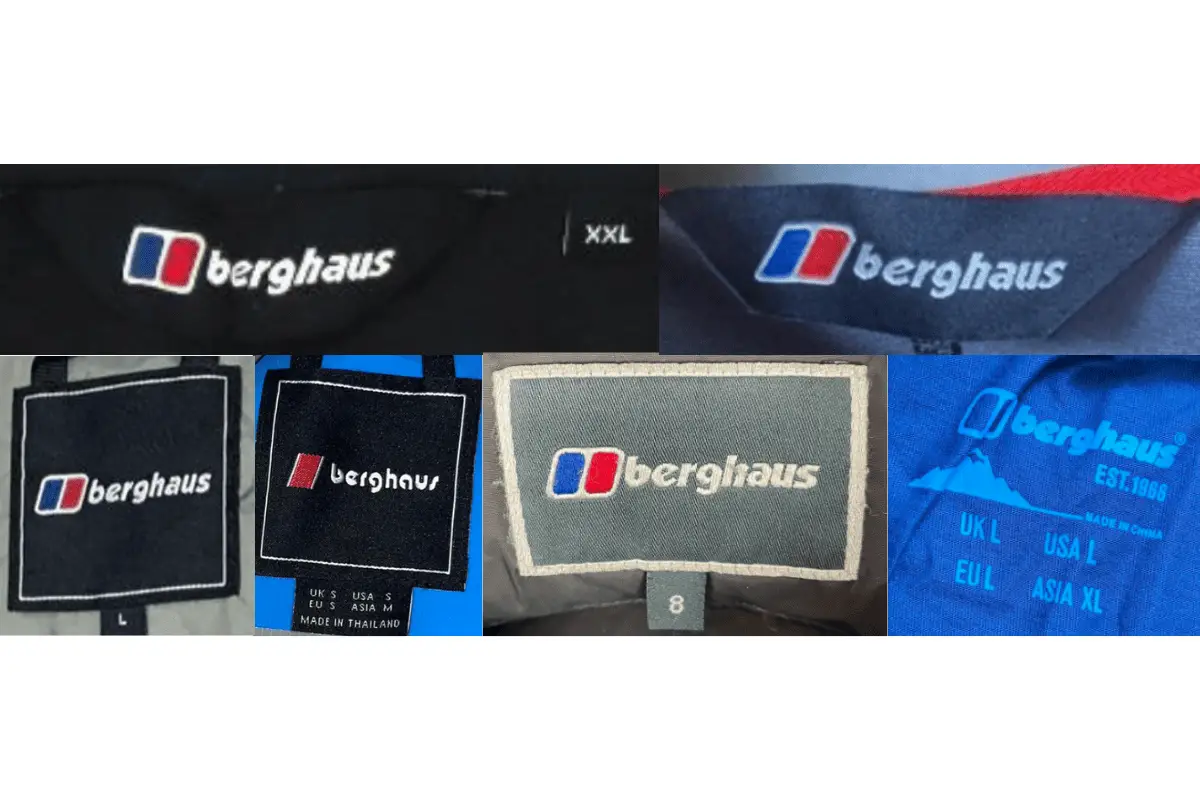
2010s Berghaus tags




